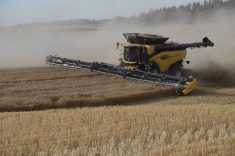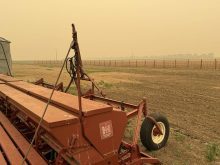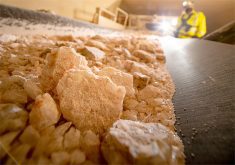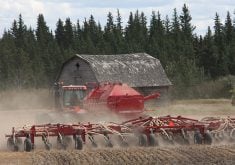SWIFT CURRENT, Sask. – It takes a sharp pencil to make irrigation pay in agriculture and insecure water supplies make it more challenging, said Roger Pederson of the Saskatchewan Irrigation Projects Association.
The outgoing president said irrigators in the province’s southwest have a number of issues not faced by those irrigating from Diefenbaker Lake.
“They have no guarantees when they can irrigate or if they can, once or twice or even at all,” said Pederson.
“Until there’s a secure supply of water, you can’t make it pay from a farm perspective,” he said.
Read Also
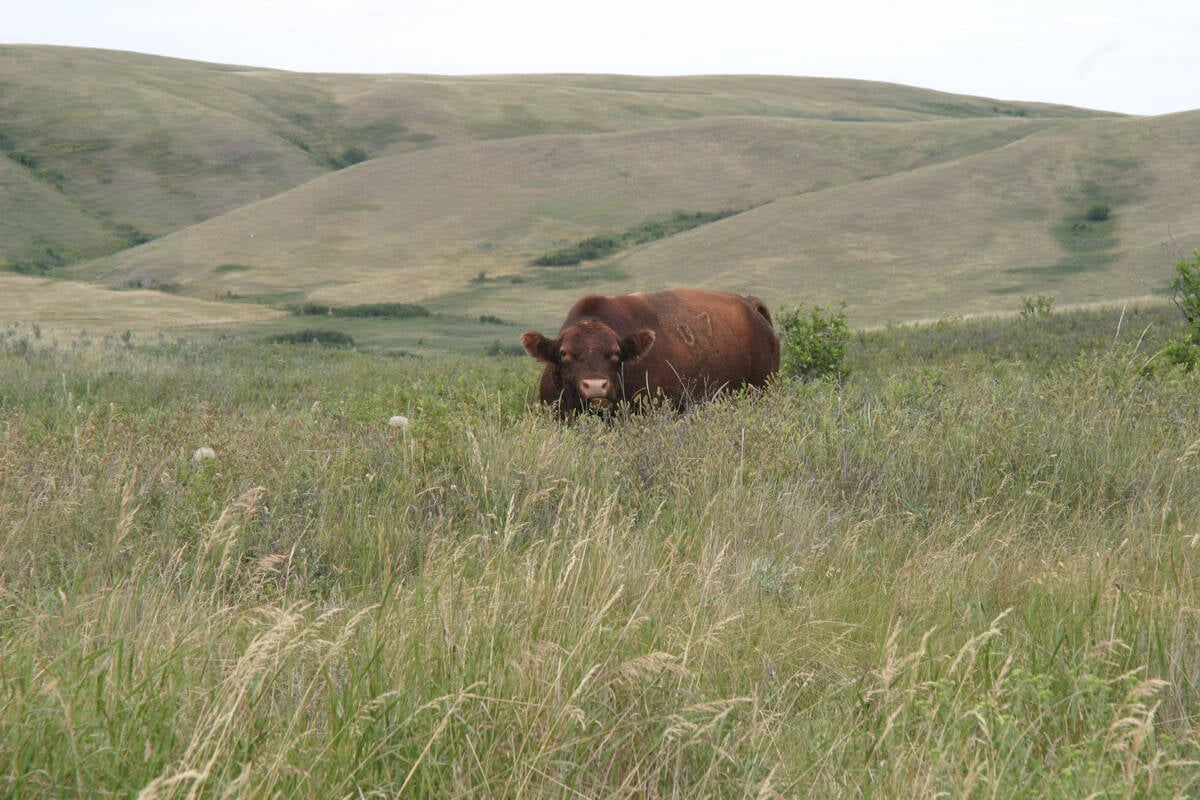
Saskatchewan puts crown land auction on hold
Auctions of Saskatchewan crown lease land are once again on hold.
“There’s no way you can pencil that out to work in a situation where out of 10, you get water six or seven years.”
Pederson thinks now is the time for producers to lobby for a more secure supply of water as the Prairie Farm Rehabilitation Administration plans to pull out of managing the southwest projects at Rush Lake, Maple Creek, Consul, Val Marie and Eastend by 2017.
Ron Tittle of Consul said it’s not practical to ask border dike irrigators to convert at a price of $150,000 a pivot when they can often only get access to the water six years out of 10.
“In order to change irrigation, you have to have an assured supply of water,” he said.
The longtime irrigator, whose son now runs a cow-calf operation on the Tittles’ 90-acre farm, estimates producer costs will double in the next seven years.
He said PFRA operated the projects for up to $35 an acre but irrigation producers think it can be done for $23 an acre. PFRA hires ditch riders to run and maintain irrigation systems, with producers paying an operations and maintenance fee of $9.50 per acre, roughly one-third of the actual cost of operations.
Tittle argued such support has come in other ways for irrigators elsewhere in the province, citing the government building of irrigation canals near Lake Diefenbaker as one example.
He said those southwestern farmers who have maintained their infrastructure, ditches and channels over the years and are able to grow about four tons of feed an acre will be able to cover the additional costs.
“A lot of guys are in rough shape and it’s not because PFRA is going out but because they neglected it themselves,” Tittle said.
Retired irrigator Howard Steinley said the 5,000-acre Rush Lake project, which has been operating under an irrigation board, is in good shape and will be able to continue.
“My feeling is we’ve done this for 60 years. It’s hard to all of a sudden change it,” he said.
Steinley also believes producers can run the irrigation more cheaply than PFRA, but said any switchovers to sprinklers will need support.
PFRA is assessing structures and has agreed to fix what is salvageable, but there is no commitment on funding to date.
Steinley said the Rush Lake district operates by gravity flow, so switching to pivots would mean laying 10 kilometres of pipeline to access farms.
He said many look down on dike irrigation as a waste of water but diverted flows that soak into the land help provide a guaranteed supply of hay for the cattle on the farm now operated by his two sons.
“There would be more erosion if we let it go,” Steinley said.
Half the time his region faces too much water, with water shortages seen the rest of the time.
“That’s why it’s good to have dams to store up water and spread out the goodness over a few years,” said Steinley.
Producer Tom Flanagan is also concerned about water rights and licences.
He said most believed they acquired water rights when they bought the land, so the local irrigation board is seeking that answer from PFRA before planning for the future.
Flanagan grows hay on irrigated land and raises Angus cattle on 250 acres near Maple Creek, a diverse irrigation region that supports horses, cattle, acreages, farms, ranches and small businesses.
He estimated that 20 percent of irrigation benefits farmers while the rest benefits tourism, recreation and business.
“If there’s no project there, there’s no jobs there,” he cautioned.
Once PFRA pulls out, Steinley said his sons will have to look at ways to get more production out of the land to pay for the extra costs.
He recalled his dad’s tales of cutting and hauling hay 25 km from Rush Lake, once the area’s only reliable feed supply.
Today, local irrigated production can reach 3.5 tons an acre compared to 0.5 tons per dryland acre.
“Irrigation alone won’t grow good hay. You still need rain from up above,” he said. “Irrigation is just a supplement.”






